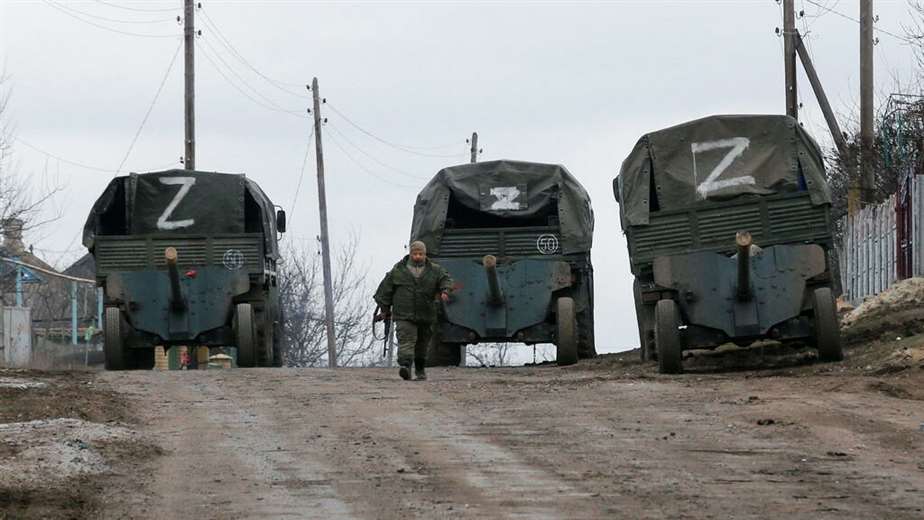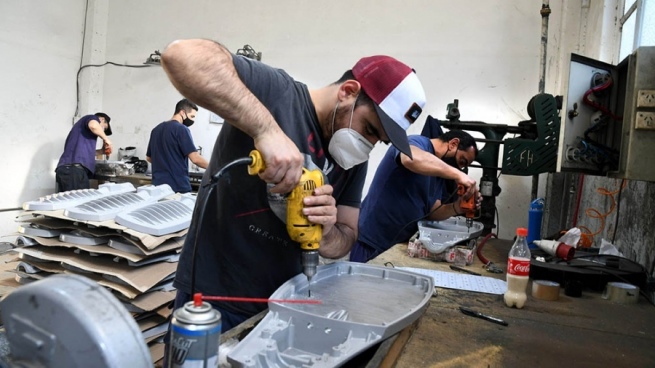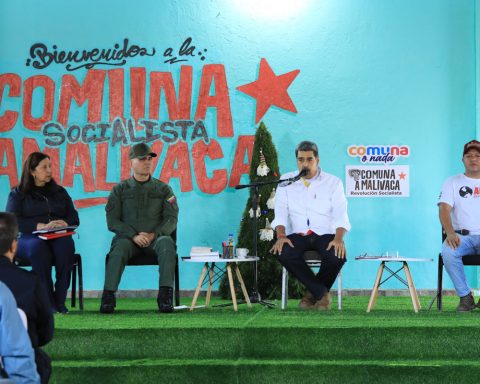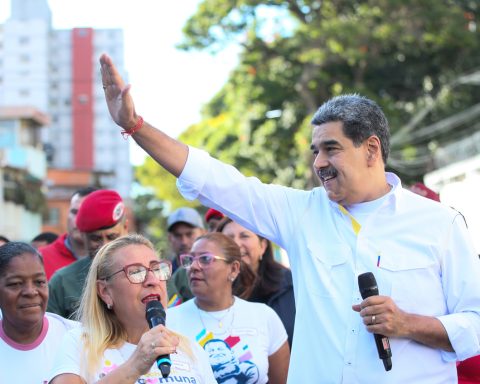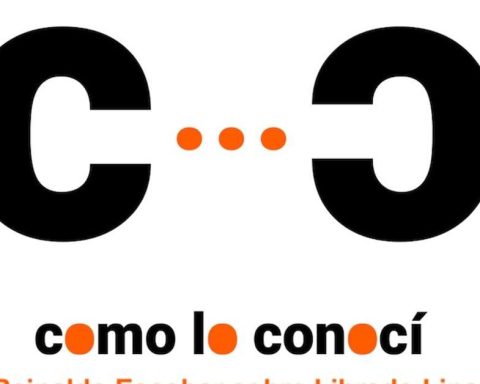The letter “Z”, which was painted in white on Russian tanks entering Ukraine, it has since become a rallying symbol for pro-Russian supporters of the Ukraine invasion, though its meaning remains disputed.
By Pierre Fesnien
Since February 24 and the beginning of the Russian invasion of Ukraine, it is a letter that has appeared here and there in the theater of military operations. Many observers have seen this “Z” painted with white paint on Russian tanks entering Ukraine without being able to determine its exact meaning.
However, it is not uncommon to see these types of markings on military equipment to help distinguish it. For example, the US military painted chevrons (heraldry symbols in the shape of a compass) on their tanks during the invasion of Iraq. This was one of the first attempts to explain the meaning of the letter “Z”.
An unnamed military source told the British tabloid The Sun that it was “crucial that any attacking force be able to be distinguished, especially from the air, where Russian forces are now in full control”. “The Ukrainians have very similar tanks and vehicles.”
“For the victory”
But other letters have also been seen on Russian tanks, such as “V” and “O”. According to Michael Clarke, former director of the British think tank RUSI, these symbols could be based on location and indicate the geographical objective of each unit. If they were only used to distinguish between Russian and non-Russian vehicles, a single symbol would suffice,” he told Sky News.
“They are probably symbols that determine which direction each unit is moving, for example northeast or northwest,” he said.. This assumption is supported by the Ukrainian Army Headquarters, which posted a document on Twitter listing the different letters the Russian Army uses on its vehicles and the geographical address associated with them.
Other interpretations of the lyrics have also been proposed. According to some, they could refer to the Ukrainian president and the initials of his full name: Volodymyr Oleksandrovytch Zelensky. But he was finally the Russian Defense Minister Sergei Shoigu, who ended the suspense on Sunday by saying that the “Z” came from the preposition “Za” which is found in the phrase “Za pobedu” which means “For victory” in Russian. However, this information should be taken with caution, as the meaning of the other letters has not been clarified.
The “Z” spreads in civil society
Although the use of “Z” began in military theatres, it has been spreading for several days in Russian civil society, where many people proudly display this symbol on social networks but also in public spaces. On Twitter, researcher Kamil Galeev of the Wilson Center in Washington, DC, reports that vehicles with the letter “Z” on their windshields in Russian cities are becoming more common, and many people wear t-shirts with the symbol. Others are also adding a “Z” to their name on social media to show their support for the war in Ukraine.
Ivan Kuliak recently caused controversy at the Doha Gymnastics World Cup. The Russian gymnast who placed third in the parallel bars event competed with a “Z” on his shirt. On the podium, he was next to Ukrainian gold medalist Ilia Kovtun. Despite the investigation launched by the International Gymnastics Federation, the 20-year-old athlete received the support of Vassili Titov, president of the Russian federation.
A propaganda tool for the Kremlin?
This symbol of support for the Russian forces seems to be becoming a real propaganda tool for the Putin regime. On its Instagram and Telegram pages, the Russian Defense Ministry He even divided the letter into several messages: “Za pobedu” (“for victory”), “Za mir” (“for peace”), “Za pravdu” (“for truth”), “Za rossiou” (“for Russia”), associated with images that suggest a communication campaign aimed at the general public. Local media also published a photo taken from the sky of some 60 sick children, their families and caregivers forming a “Z” in the snowy courtyard of their hospice in Kazan, Tatarstan.
María Butina, expelled from the United States in 2019 -after being convicted of espionage-, symbolizes the dynamic that surrounds this acronym “Z”. The Instagram feed of this 33-year-old woman, who will be elected to the Duma in October 2021 under the colors of Putin’s party, is full of photos in which she appears in a black T-shirt with a white “Z” as early as 27 February, three days after the start of the war. In a video, still in his black t-shirtsays: “Do your job, guys! We will always support you.”
The “Z”, which now appears en masse in public spaces, it has thus become a symbol of loyalty and fidelity to the Kremlin. From politicians to celebrities, passing through some influencers, everyone wants to show off using the “Z”. In a Russian society in which freedom of expression and the press is increasingly curtailed, who knows if not wearing this symbol will not soon be considered a sign of disloyalty to the Vladimir Putin regime.
The letter “Z”, which was painted in white on Russian tanks entering Ukraine, it has since become a rallying symbol for pro-Russian supporters of the Ukraine invasion, though its meaning remains disputed.
By Pierre Fesnien
Since February 24 and the beginning of the Russian invasion of Ukraine, it is a letter that has appeared here and there in the theater of military operations. Many observers have seen this “Z” painted with white paint on Russian tanks entering Ukraine without being able to determine its exact meaning.
However, it is not uncommon to see these types of markings on military equipment to help distinguish it. For example, the US military painted chevrons (heraldry symbols in the shape of a compass) on their tanks during the invasion of Iraq. This was one of the first attempts to explain the meaning of the letter “Z”.
An unnamed military source told the British tabloid The Sun that it was “crucial that any attacking force be able to be distinguished, especially from the air, where Russian forces are now in full control”. “The Ukrainians have very similar tanks and vehicles.”
“For the victory”
But other letters have also been seen on Russian tanks, such as “V” and “O”. According to Michael Clarke, former director of the British think tank RUSI, these symbols could be based on location and indicate the geographical objective of each unit. If they were only used to distinguish between Russian and non-Russian vehicles, a single symbol would suffice,” he told Sky News.
“They are probably symbols that determine which direction each unit is moving, for example northeast or northwest,” he said.. This assumption is supported by the Ukrainian Army Headquarters, which posted a document on Twitter listing the different letters the Russian Army uses on its vehicles and the geographical address associated with them.
Other interpretations of the lyrics have also been proposed. According to some, they could refer to the Ukrainian president and the initials of his full name: Volodymyr Oleksandrovytch Zelensky. But he was finally the Russian Defense Minister Sergei Shoigu, who ended the suspense on Sunday by saying that the “Z” came from the preposition “Za” which is found in the phrase “Za pobedu” which means “For victory” in Russian. However, this information should be taken with caution, as the meaning of the other letters has not been clarified.
The “Z” spreads in civil society
Although the use of “Z” began in military theatres, it has been spreading for several days in Russian civil society, where many people proudly display this symbol on social networks but also in public spaces. On Twitter, researcher Kamil Galeev of the Wilson Center in Washington, DC, reports that vehicles with the letter “Z” on their windshields in Russian cities are becoming more common, and many people wear t-shirts with the symbol. Others are also adding a “Z” to their name on social media to show their support for the war in Ukraine.
Ivan Kuliak recently caused controversy at the Doha Gymnastics World Cup. The Russian gymnast who placed third in the parallel bars event competed with a “Z” on his shirt. On the podium, he was next to Ukrainian gold medalist Ilia Kovtun. Despite the investigation launched by the International Gymnastics Federation, the 20-year-old athlete received the support of Vassili Titov, president of the Russian federation.
A propaganda tool for the Kremlin?
This symbol of support for the Russian forces seems to be becoming a real propaganda tool for the Putin regime. On its Instagram and Telegram pages, the Russian Defense Ministry He even divided the letter into several messages: “Za pobedu” (“for victory”), “Za mir” (“for peace”), “Za pravdu” (“for truth”), “Za rossiou” (“for Russia”), associated with images that suggest a communication campaign aimed at the general public. Local media also published a photo taken from the sky of some 60 sick children, their families and caregivers forming a “Z” in the snowy courtyard of their hospice in Kazan, Tatarstan.
María Butina, expelled from the United States in 2019 -after being convicted of espionage-, symbolizes the dynamic that surrounds this acronym “Z”. The Instagram feed of this 33-year-old woman, who will be elected to the Duma in October 2021 under the colors of Putin’s party, is full of photos in which she appears in a black T-shirt with a white “Z” as early as 27 February, three days after the start of the war. In a video, still in his black t-shirtsays: “Do your job, guys! We will always support you.”
The “Z”, which now appears en masse in public spaces, it has thus become a symbol of loyalty and fidelity to the Kremlin. From politicians to celebrities, passing through some influencers, everyone wants to show off using the “Z”. In a Russian society in which freedom of expression and the press is increasingly curtailed, who knows if not wearing this symbol will not soon be considered a sign of disloyalty to the Vladimir Putin regime.
;
